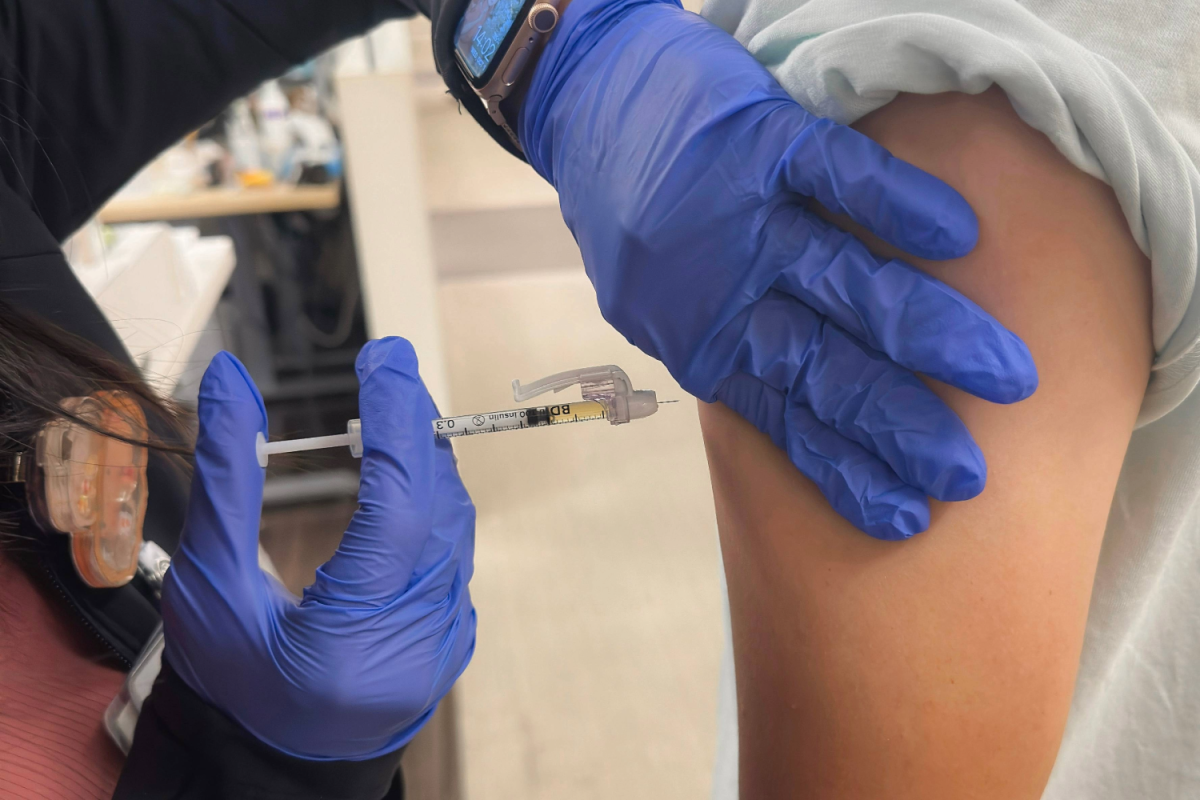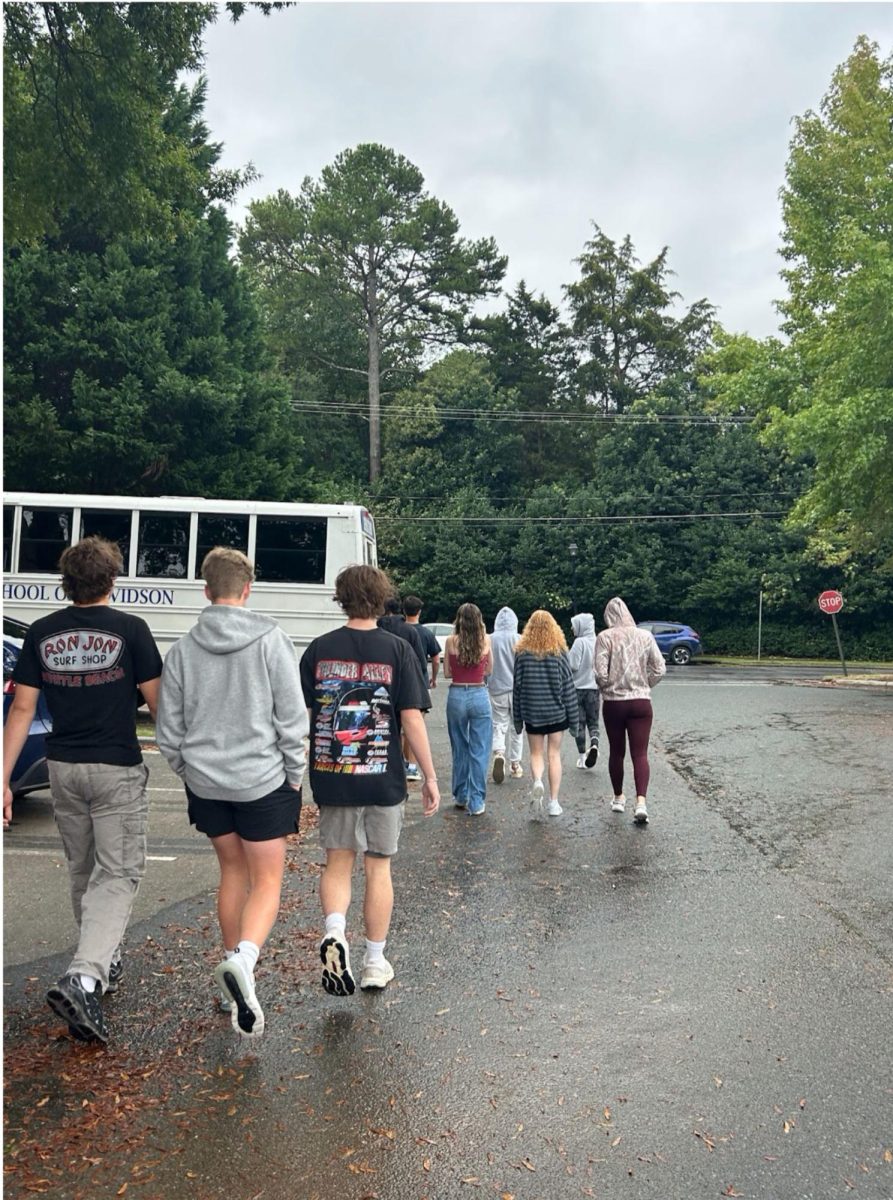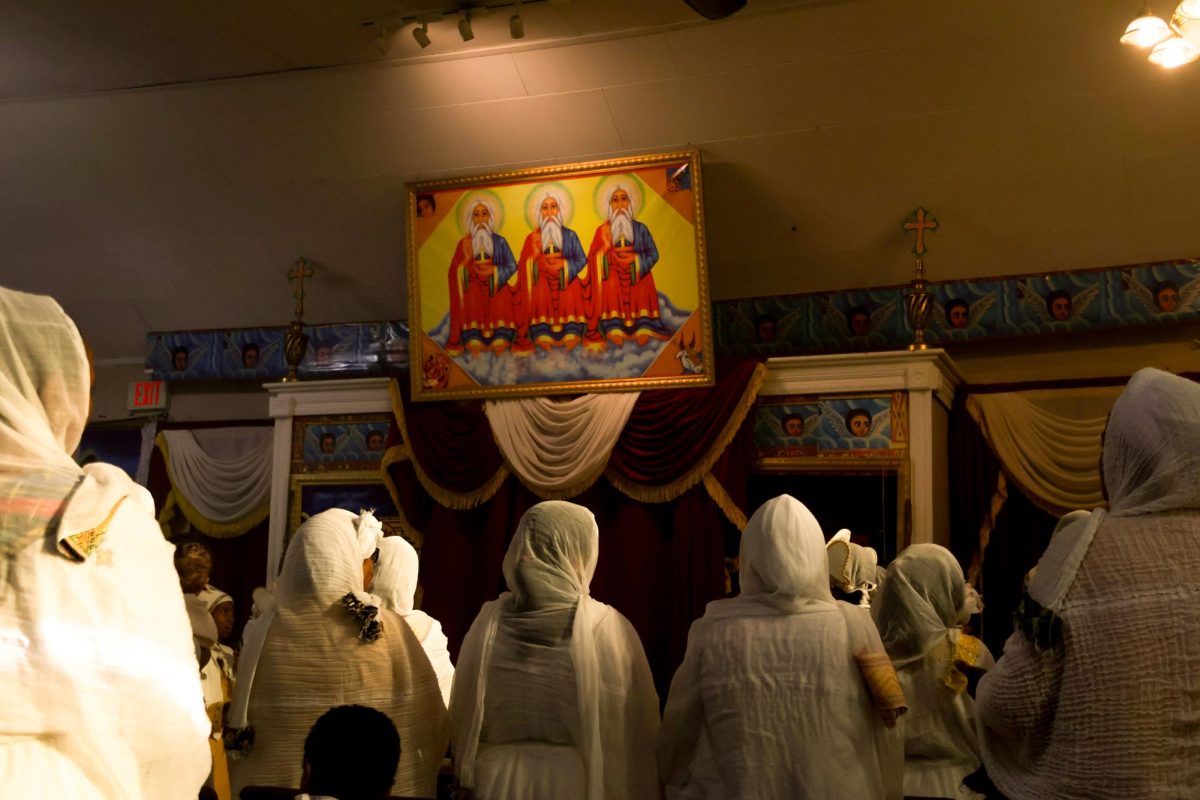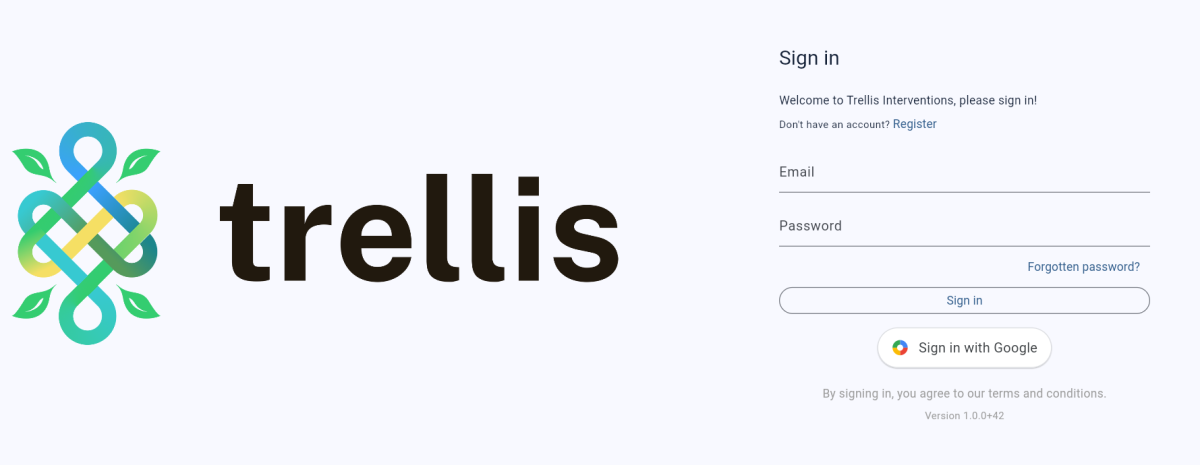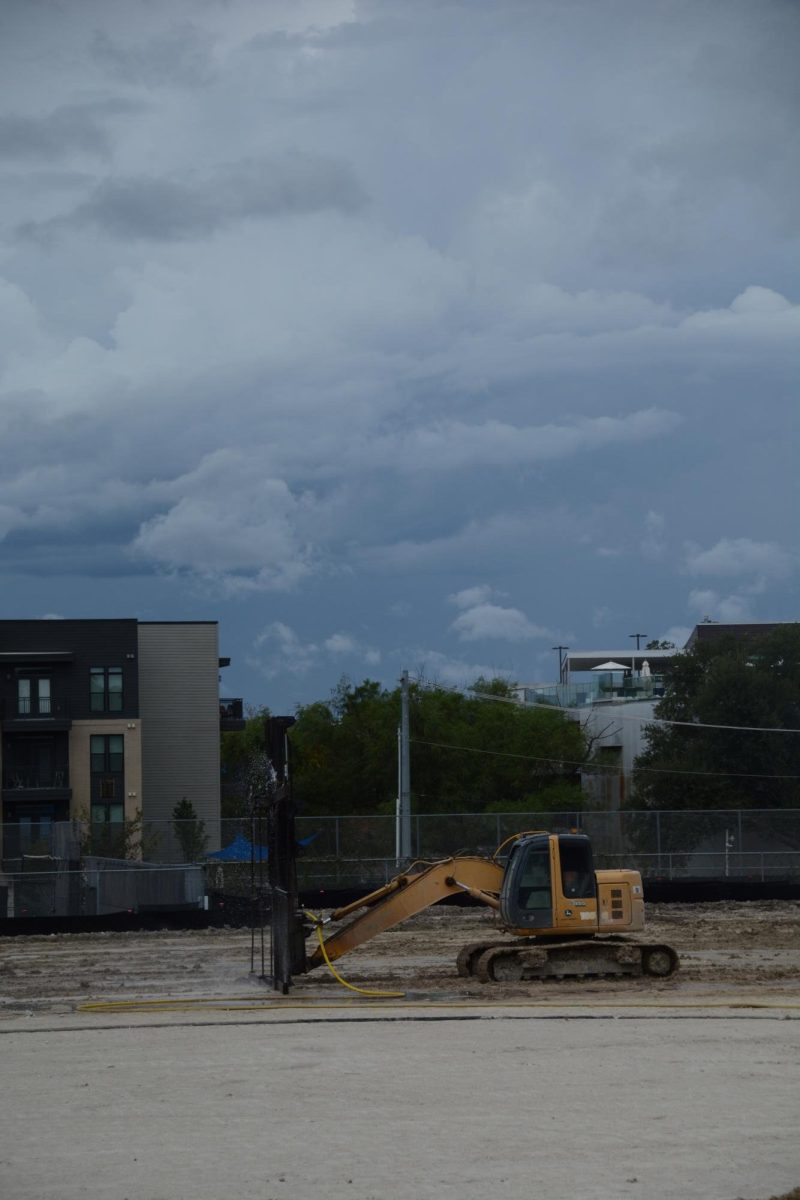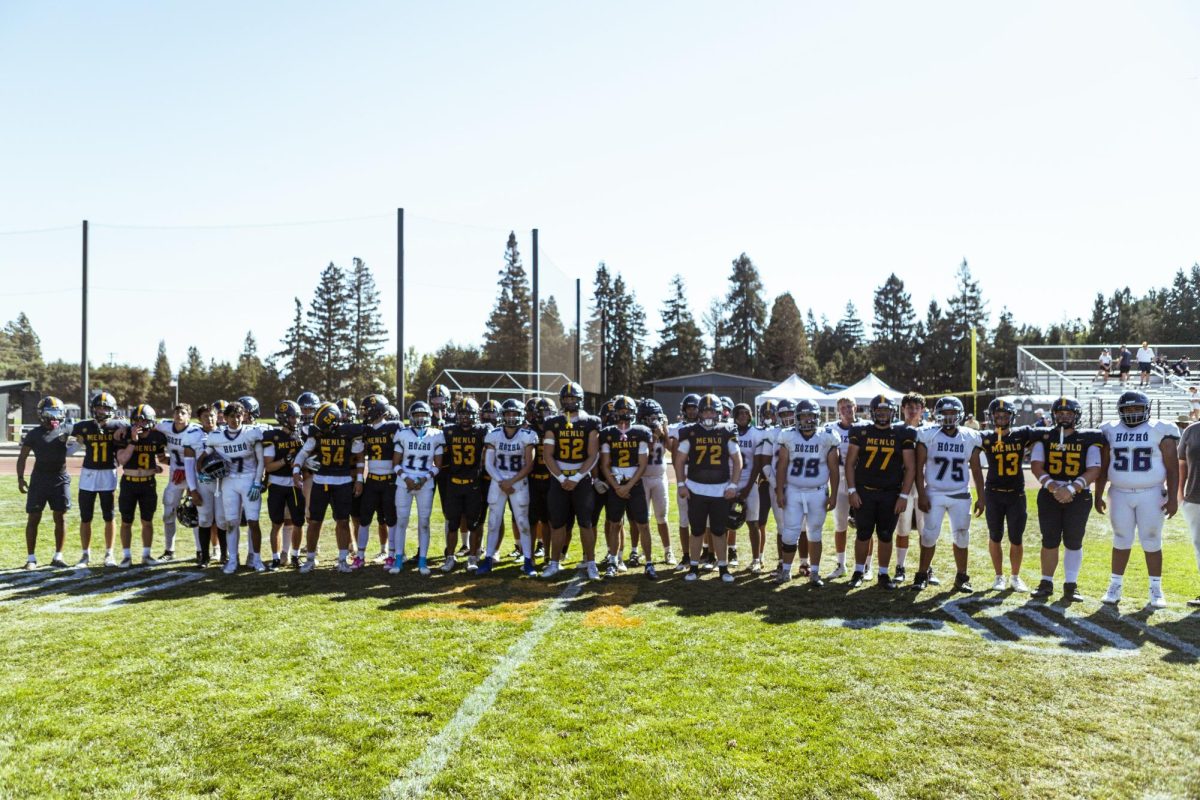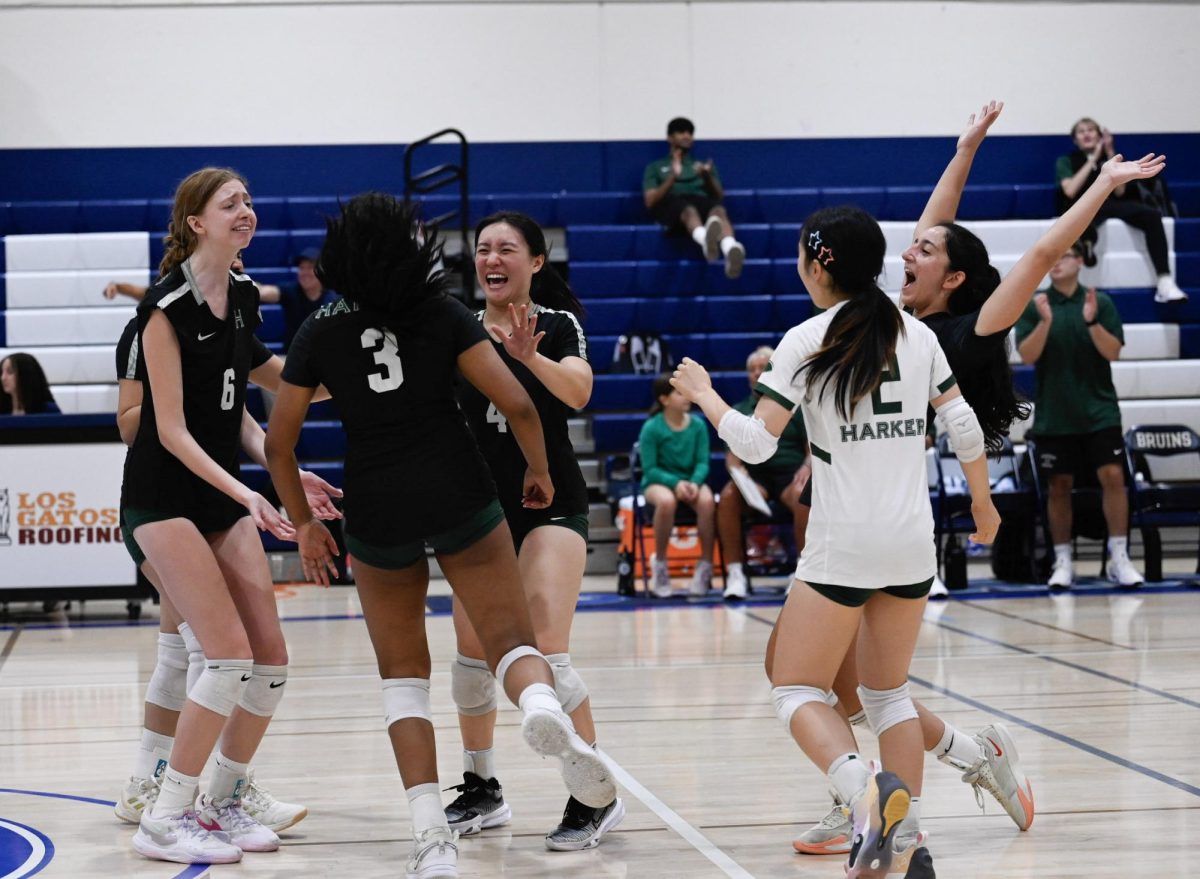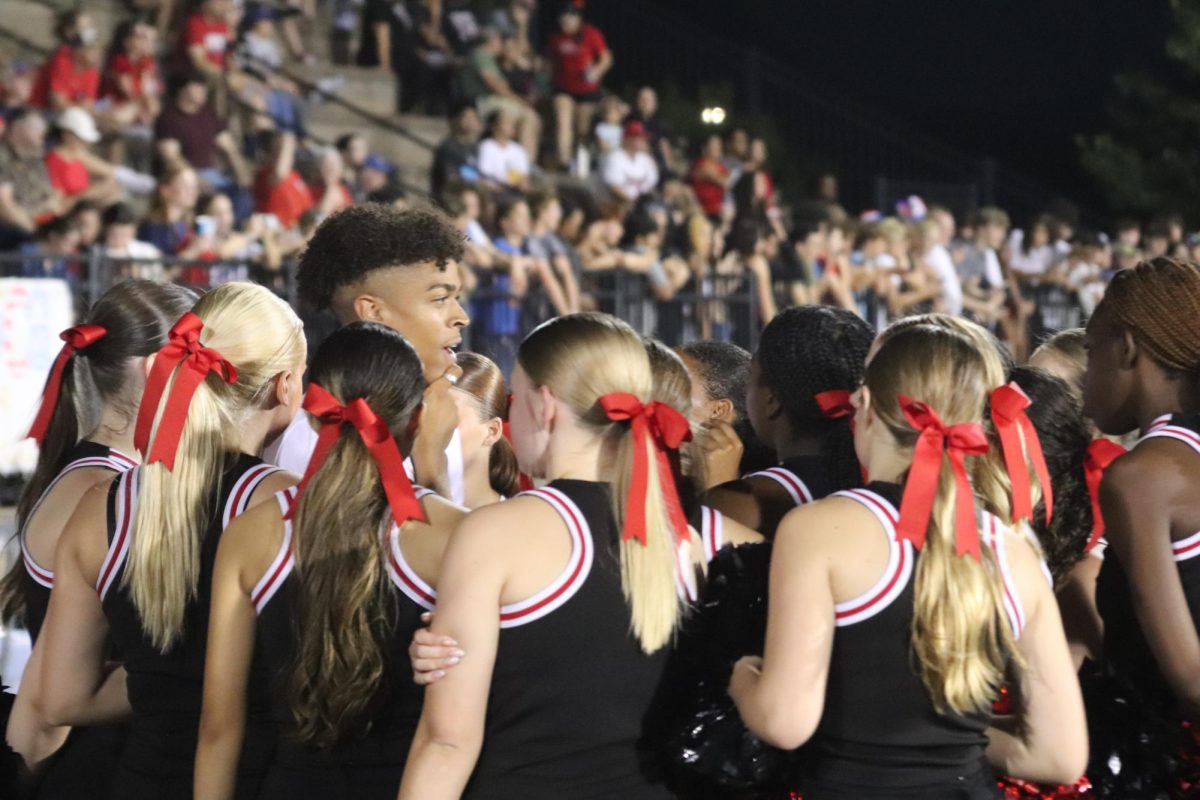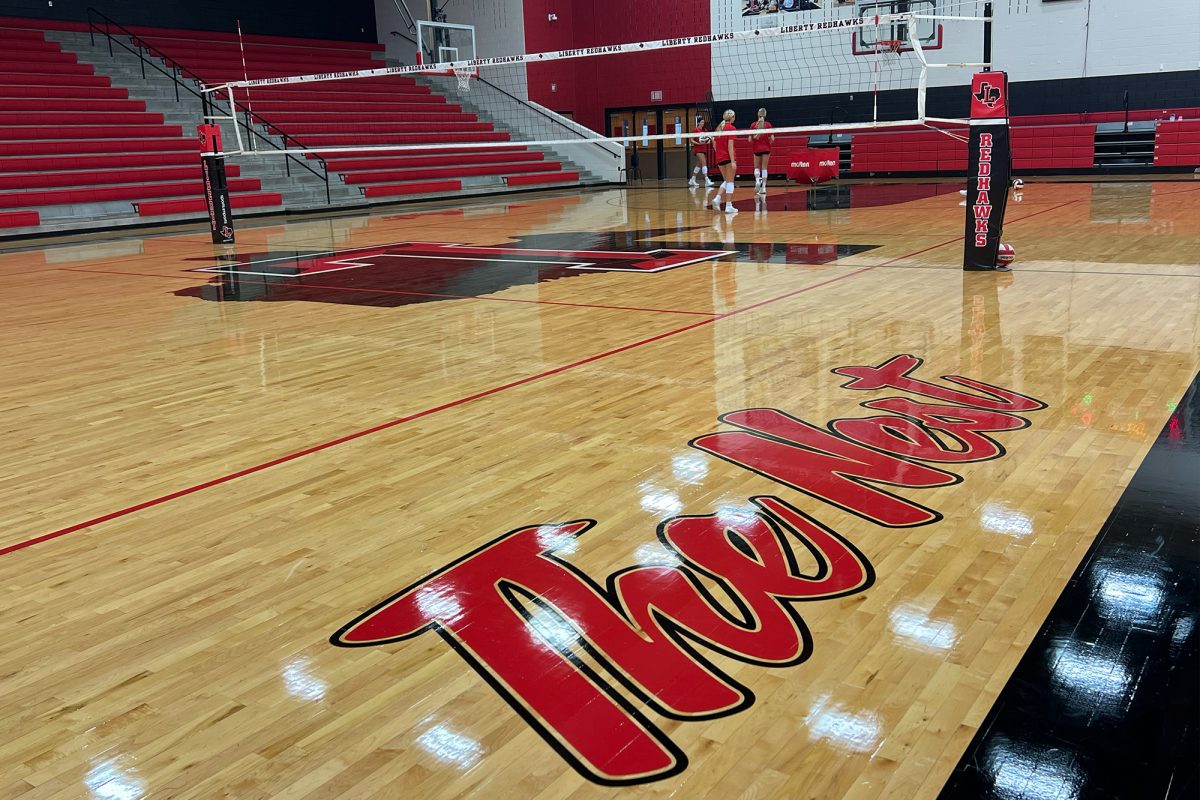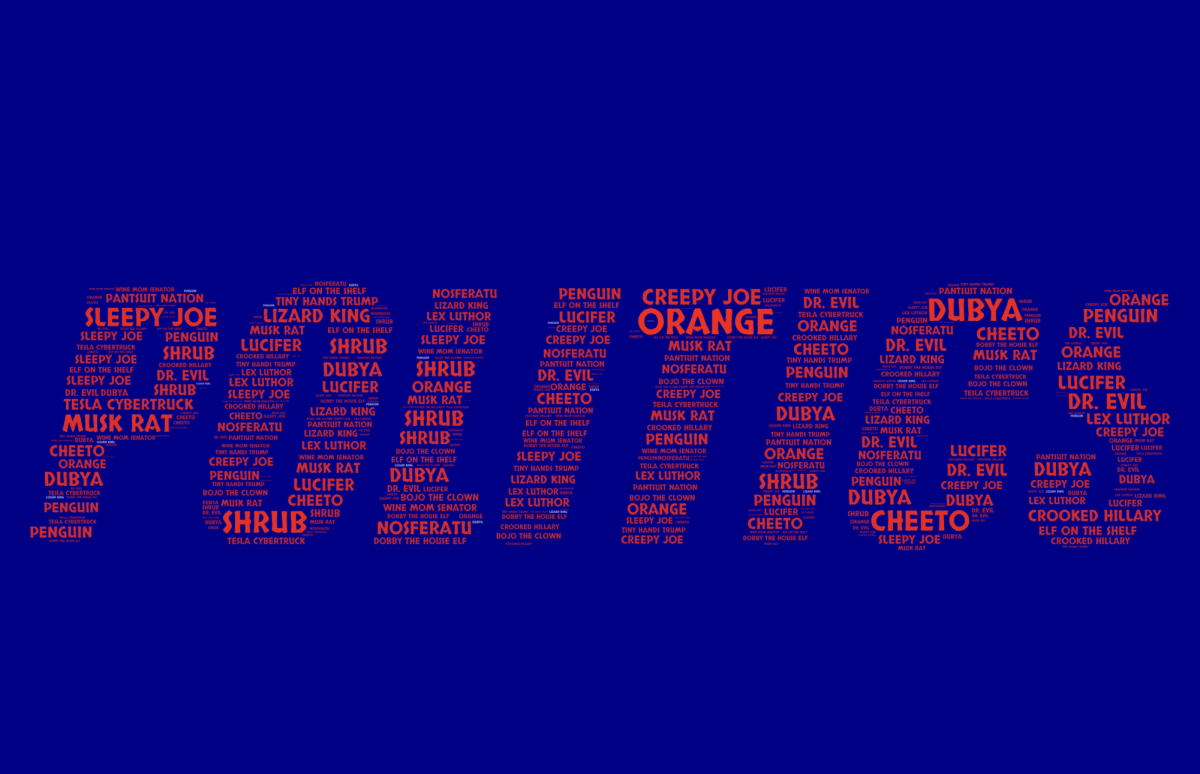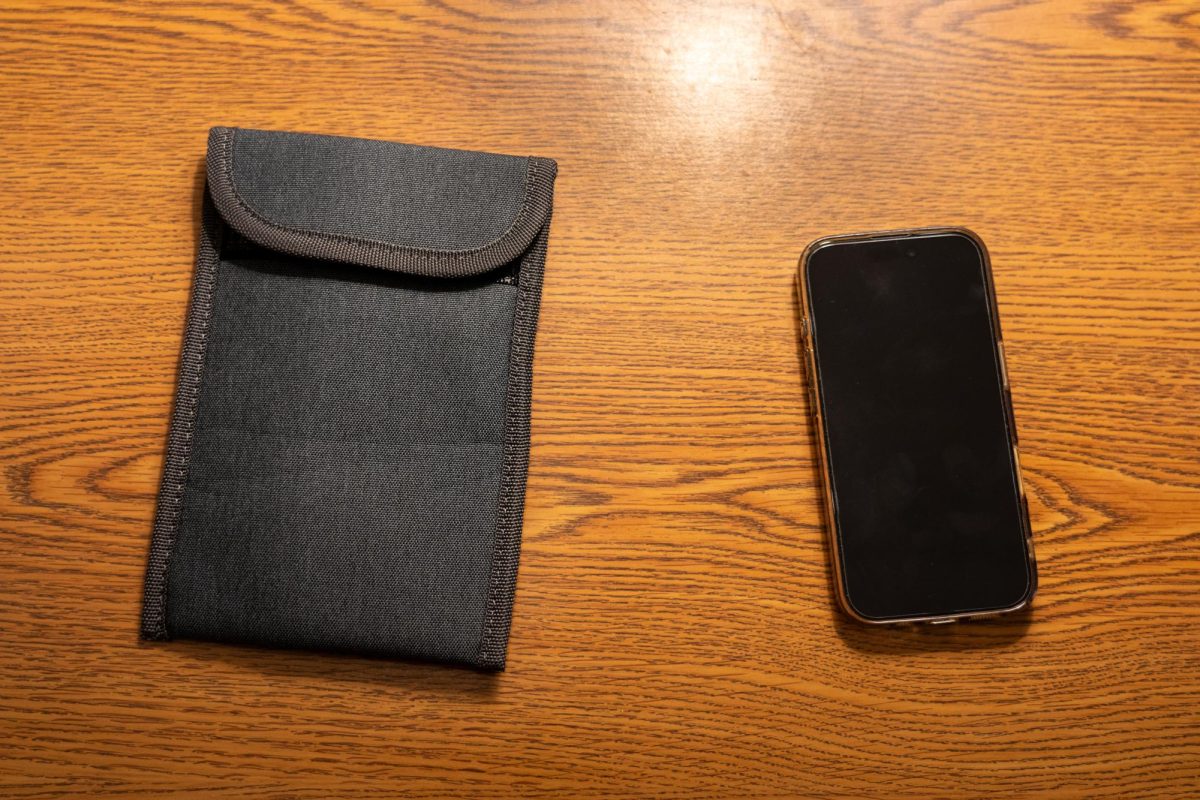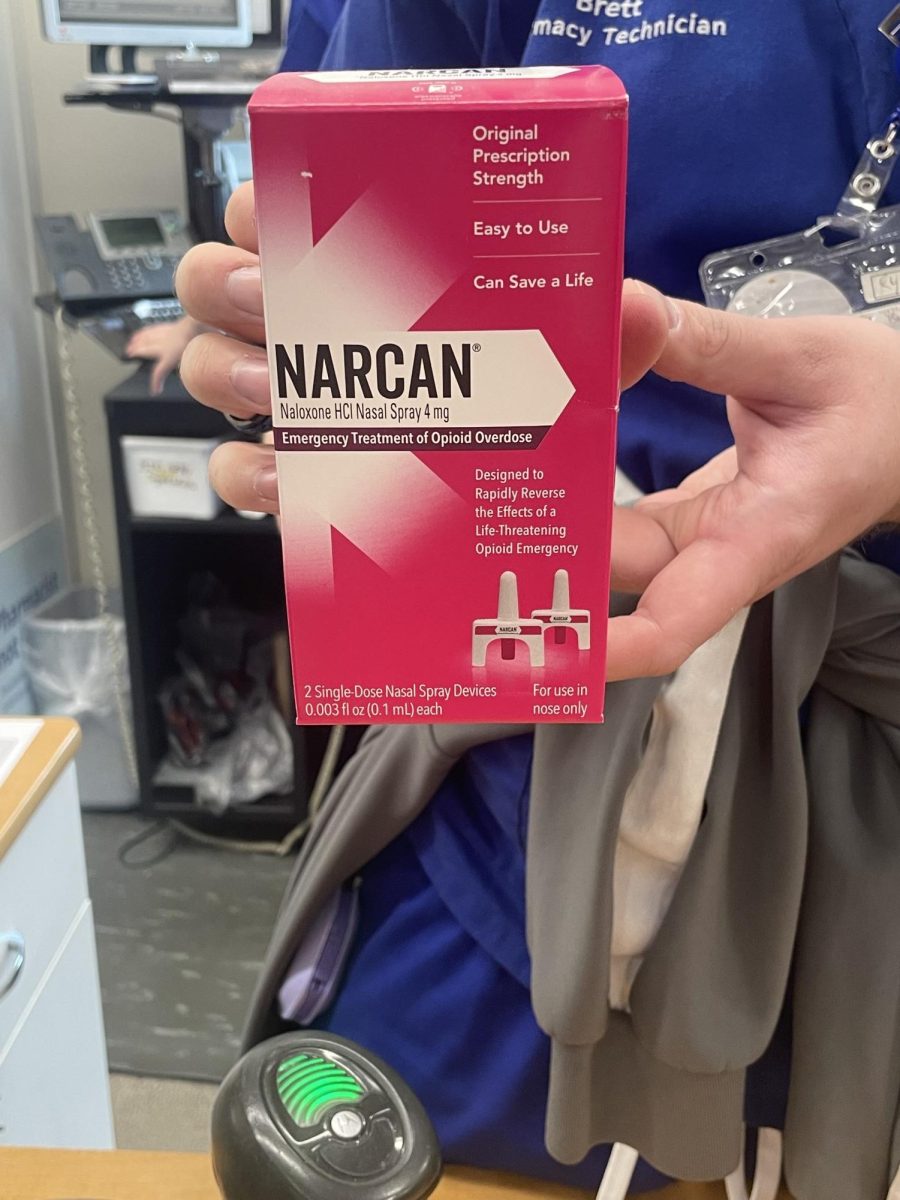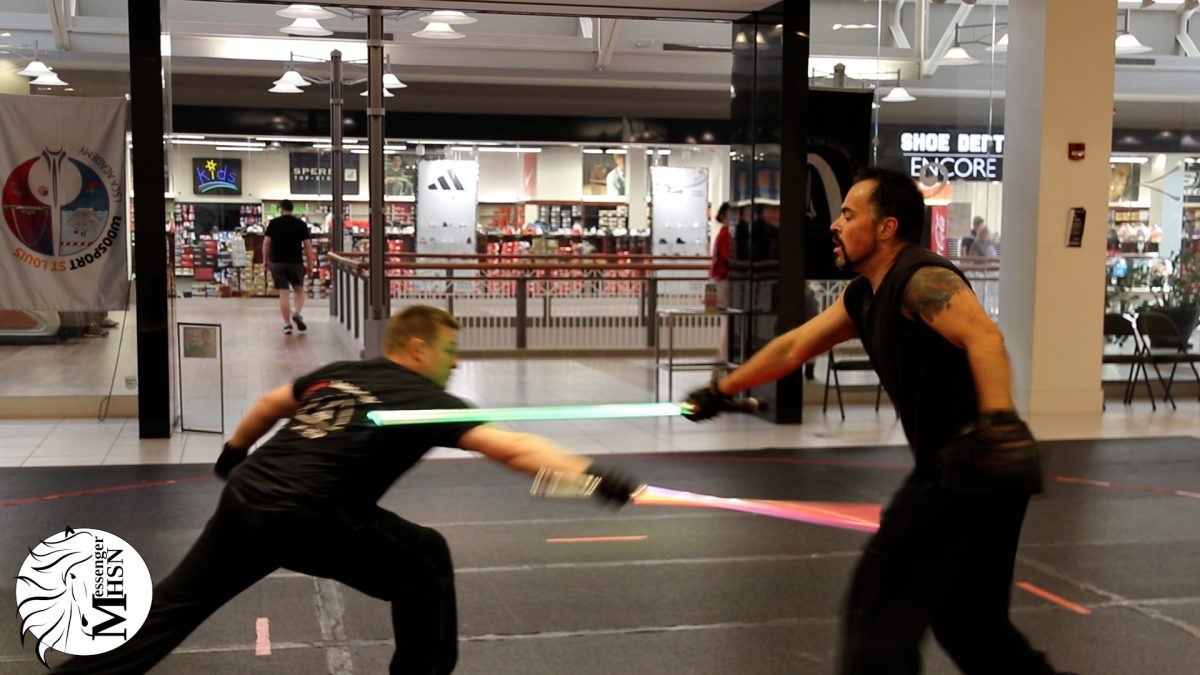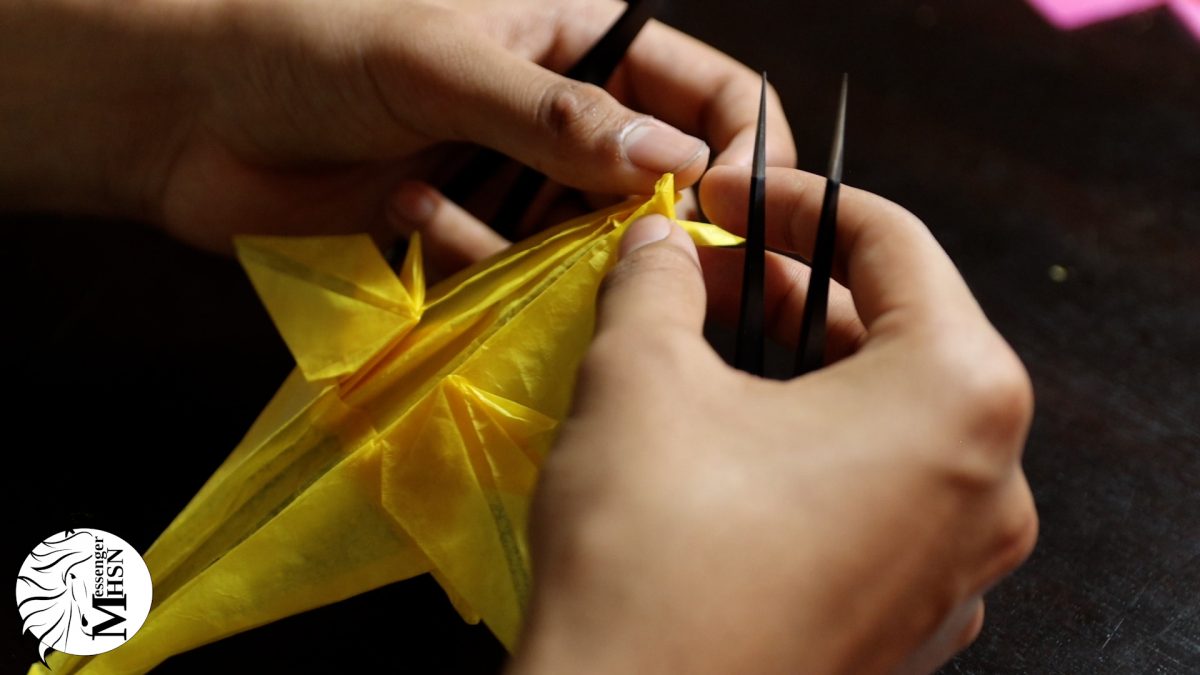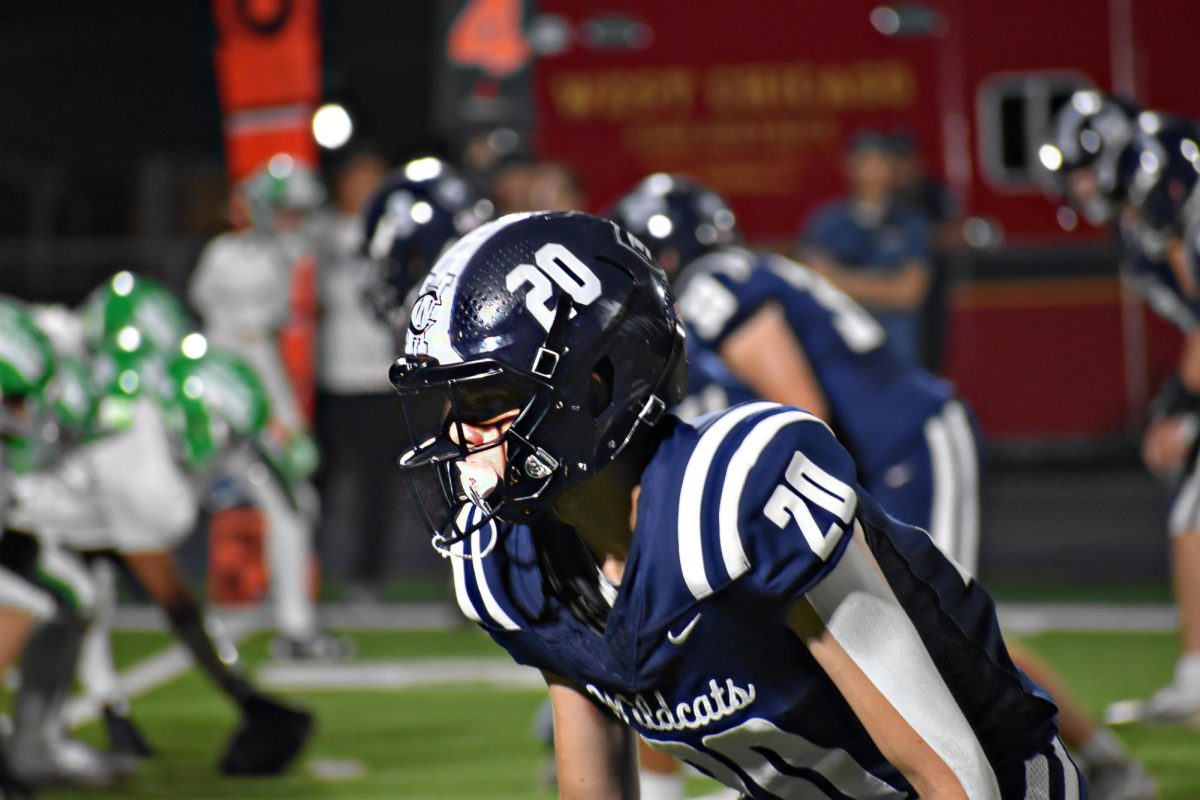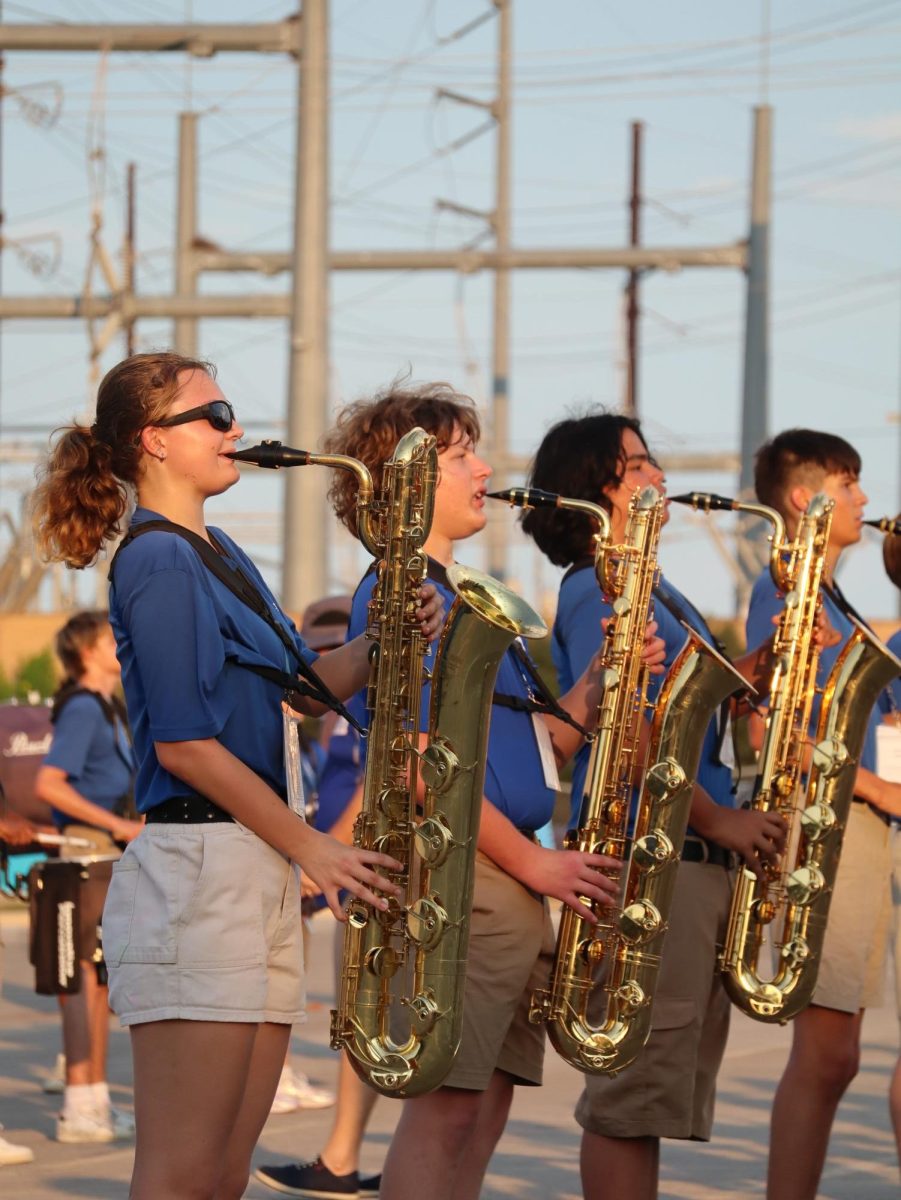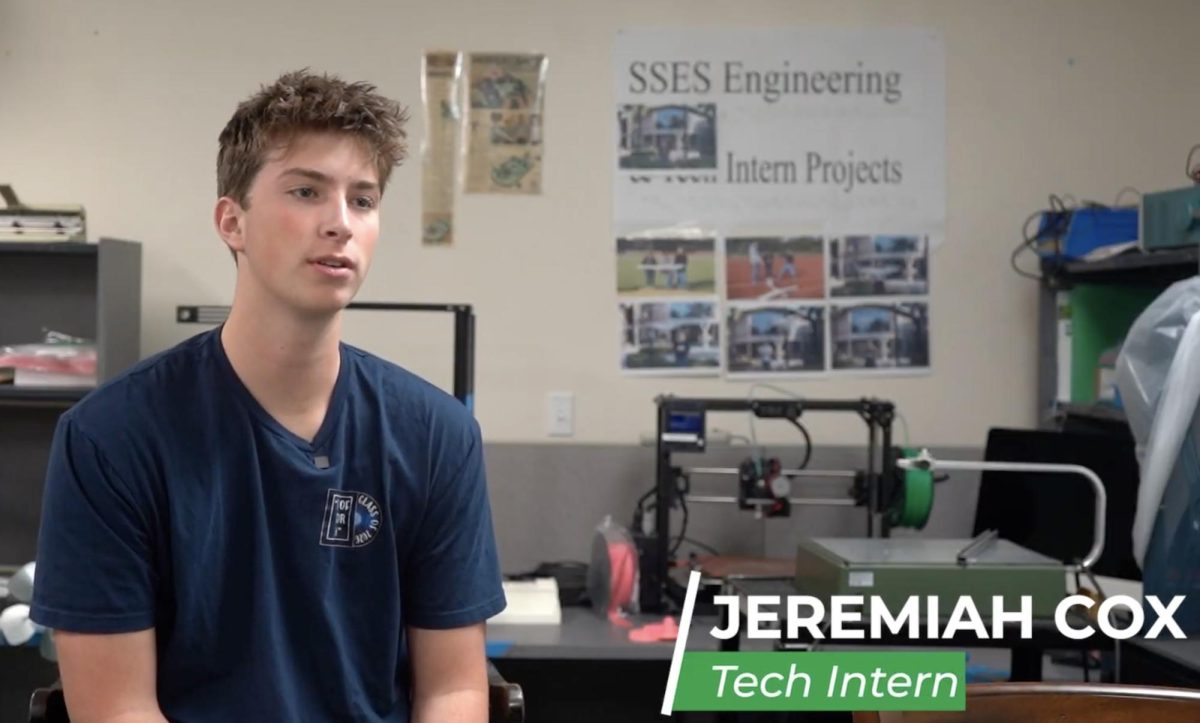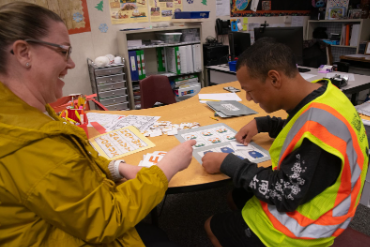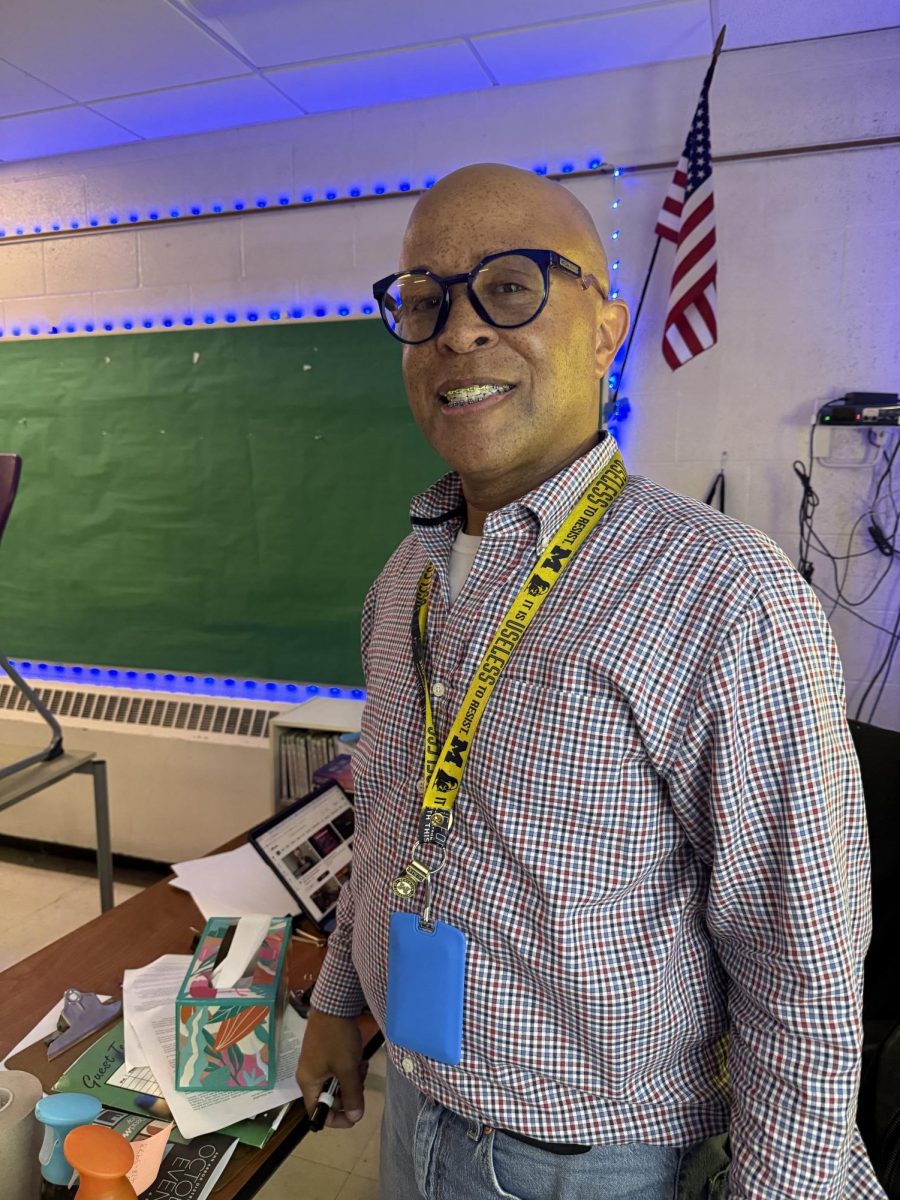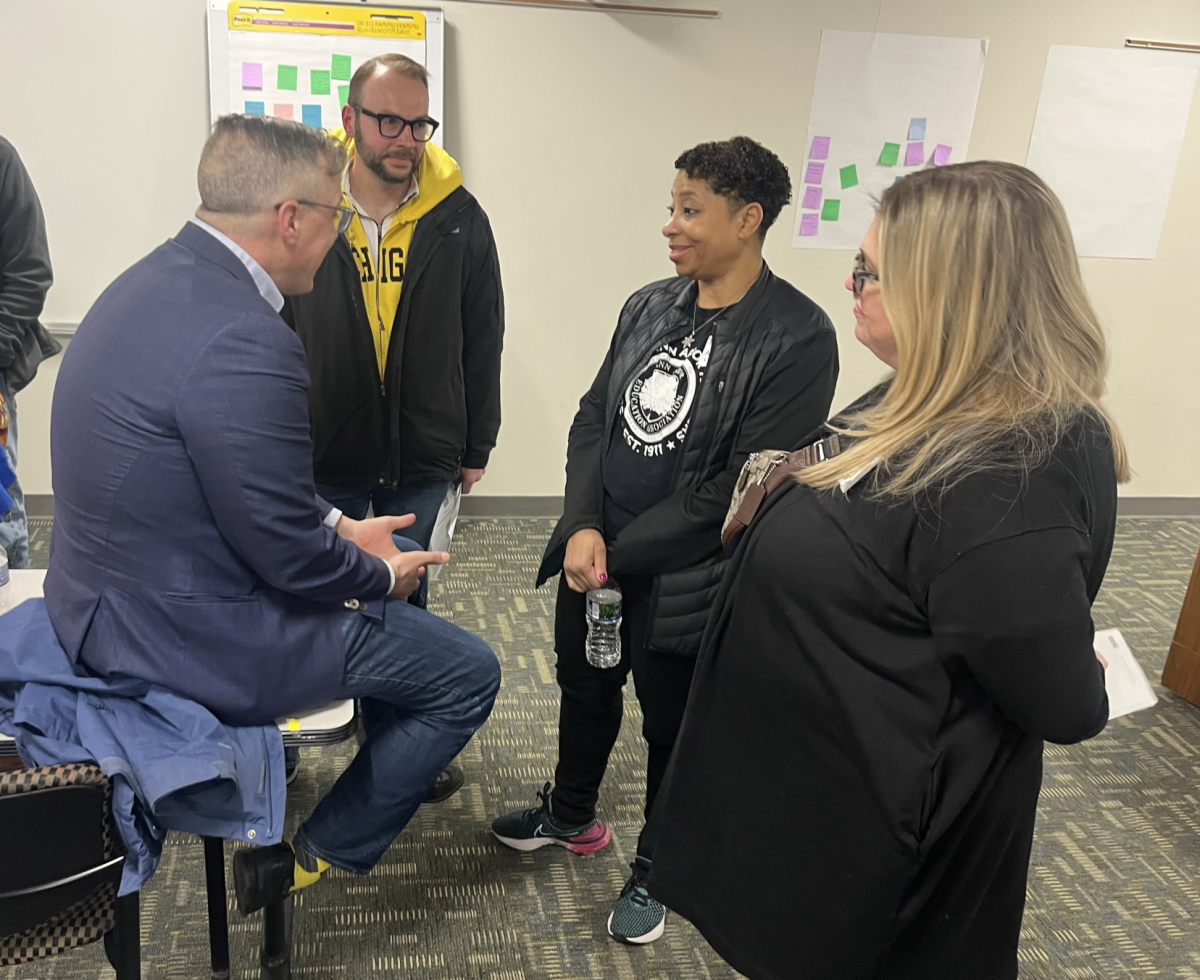Ring! The bell goes off at 8 AM. Time for another day at school. While walking down the hall, some notice a student in a wheelchair and wonder, Where do they go for class?
A wide variety of students come to Day Creek Intermediate every day, including kids with physical and intellectual disabilities. However, not all of these students are grouped together. Students with moderate to severe disabilities head off to B1 and B2, where they receive accommodations for a variety of needs.
“Mr. Peek [and I] are specialists, so [we know the areas] that our students need a little bit more help with,” said Mr. Hensley, a special education teacher on campus.
Students in special education are chosen through a distinct process. There are two major special education programs. One addresses those with a 504 Plan, while the others use an IEP.
“[Students in moderate to severe classes are] on an IEP, which is an individualized education program, and [it’s tailored] to each student. A 504 Plan is a bit different. For instance, [say] a student is in a wheelchair because they broke their leg when they were little, and it atrophied, so they [can’t walk], but they’re a general [education] student. They could be on a 504 plan. It provides them [with] accommodations and modifications,” said Mr. Hensley.
These plans are chosen based on the physical and intellectual needs of each student and are customized to help each student find a measure of personal success on our campus.
‘[The success type] depends on the student. Some kids are working on their letters, others are working on addition and subtraction, [and] some are working on self-help or life skills. Due to some of their disabilities, it’s harder for them to self-recognize their personal growth and say, ‘Hey, I can do this now!’ Some friends do[…] but unfortunately, a lot of friends don’t have the cognitive ability to do that,” said Mr. Peek.
The special education program is designed and funded to accommodate student needs. In California, schools are legally required to provide students with the necessary resources and support.
According to the Legislative Analyst’s Office, “Since the 1970s, federal law has required public schools to provide special education services to students with disabilities that interfere with their ability to learn. Schools in California cover special education costs through a combination of local unrestricted, state categorical, and federal categorical funding.”
Just like general education classrooms, it takes funding to keep the lights on, provide the current tech, and place the right people in the room each day. Special education has a budget to take care of these things.
“The budget was created by our district office, so they have lots of money for us to buy supplies and materials and other things that we need,” said Mr. Peek, another special education teacher.
According to the Public Policy Institute of California, “Federal law requires districts to meet the needs of each student with disabilities, including physical, mental, emotional, and processing disorders. California’s schools and districts spent over $12 billion on special education services in the 2014–15 school year, supported by the state’s largest remaining K-12 categorical funding program.”
As for the legal side of a special education classroom, teachers and aides make sure each individual student has what’s needed for each student’s success, which may be a little tricky sometimes.
“We have to uphold their IEPs, make sure they’re safe, [and] make sure they get all their service minutes and service providers,” said Mr. Peek.
So what is it like in a special education classroom?
“A typical day varies. Sometimes we [follow] a routine, [but] sometimes we have to adjust and do things differently. But ultimately we’re looking to accommodate our students every day. With instruction, we have a lot of times [when we] take a break, [such as going] for a walk. We do a lot of work, and then we’ll take a break,” said Mr. Hensley.
A lot of students go on walks, whether it’s to calm themselves down, or just because they enjoy a breath of fresh winter air.
“[Walks are] kind of like a stress reliever, just like how everybody needs a break sometimes. [Some students have] different sensory needs [and when] they come back, they’re able to work a little bit more,” said Mr. Peek.
Students also have access to their personal schedules as well as the routines for their aides and teachers posted on their desks. This ensures that students know what their day will look like and what lessons are in store for them.
“It helps [keep them] on track of what they’re doing the next day [or another time that day],” said Mr. Peek.
Special education classes have a somewhat flexible schedule to cater to the students’ needs in an effort to help them learn.
“We base all our curriculum off of the general education curriculum, but we do have to accommodate students’ needs. So for math, we work on a lot more basic skills, but it can still coincide with the same idea or concept the general education students are working on,” said Mr. Hensley.
Some students in the general education population may be hesitant to work with special education students. Stereotypes surrounding people with disabilities may bring about feelings of fear, pity, or helplessness.
“I think some people might be naturally afraid of our students because they’ve never interacted with them, [or] they have some preconceived ideas that they aren’t [academically] at a higher level, or they’re unable to walk on their own. We all have needs, and some of those needs are [just] more intensive,” said Mr. Hensley.
The purpose of the special education program is to assist with that need. It’s certainly not meant to divide students but to have them learn from one another and to provide appropriate schooling based on their unique learning needs. Part of that is encouraging mingling between student populations.
“The focus of our program is [to promote] academic achievement and learning, [and to] also foster relationships between our students and the general ed. population. [It’s important] for both general education [students] and special education [students] to meet and interact with each other, because then we’re all learning and growing,” said Mr. Hensley.
One place this happens is through Day Creek’s elective program. As of 2023, special education students have begun to be integrated into our general education classes.
“The only real difference for me is having another adult in the room constantly. I really feel honored, but [it also] ensures that I am the most prepared possible. So I think that’s been a really good thing that I strive to make sure that both the adults and the students in the classroom are clear [on what we’re doing],” said Mrs. Porter, a seventh grade teacher on campus.
Special education aides are key to assisting students with their elective teachers. These students aren’t the only ones who are designated as “special education.”
“You’d be surprised at the amount of kids that fall under the classification of special education within your own classrooms. We’re spread out all over campus. Is there a certain number of the population that pushes into certain classrooms? Sure. It’s just diverse learning abilities, that’s all,” said Mr. Rowland, a special education teacher on campus.
Some students may question how they should best interact with their push-in peers, but they’ll quickly identify parallels that allow them to connect.
“There’s been a lot of preconceived ideas of our students, and I think as time goes on and more integration happens, people will get a better idea of this population– that we’re all just trying to figure it out,” said Mr. Hensley.
This story was originally published on The Day Creek Howl on March 6, 2023.





